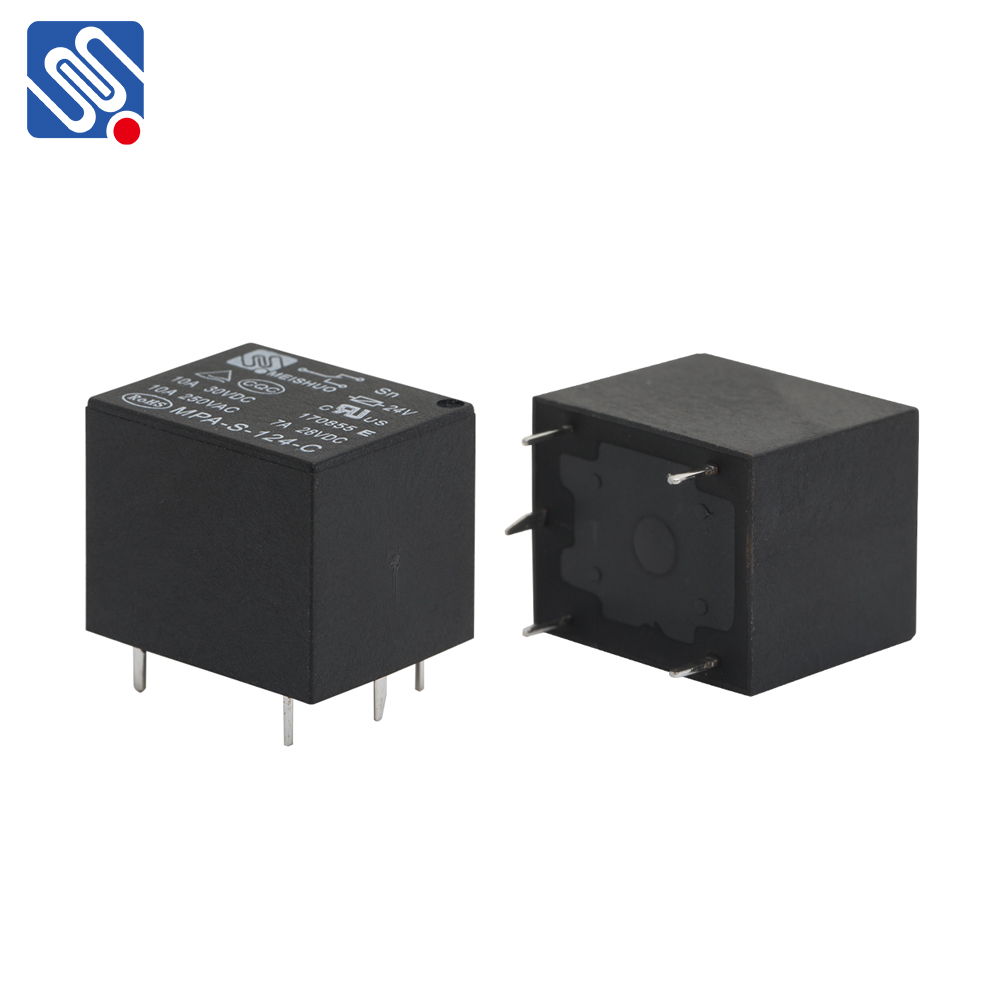understanding the functionality and applications of 12 volt relay
Release time:2025-08-19 04:04:04
Relays are essential components in modern electrical systems, playing a crucial role in controlling high-power devices using low-power control signals. One of the most commonly used types of relays is the 12V relay, which operates with a 12V DC power supply. This versatile device finds applications in automotive, industrial, and consumer electronics, thanks to its ability to switch high-voltage circuits using low-voltage control signals. In this article, we will explore the workings of a 12V relay, its components, and its various applications.

What is a 12 Volt Relay?
A 12V relay is an electromechanical switch that allows you to control a circuit by applying a low-voltage signal, such as 12V DC, to its coil. The relay uses the electromagnetic force generated by the coil when powered to open or close contacts within the switch. In simpler terms, a 12V relay lets you control high-power devices like motors, lights, or heating elements using a simple 12V control circuit.
Components of a 12 Volt Relay
To understand how a 12V relay works, let’s look at its key components:
Coil: The coil is the control element of the relay. When a 12V DC voltage is applied to the coil, it generates a magnetic field that activates the relay. The coil's primary function is to create this magnetic field, which moves the armature to open or close the relay’s contacts.

